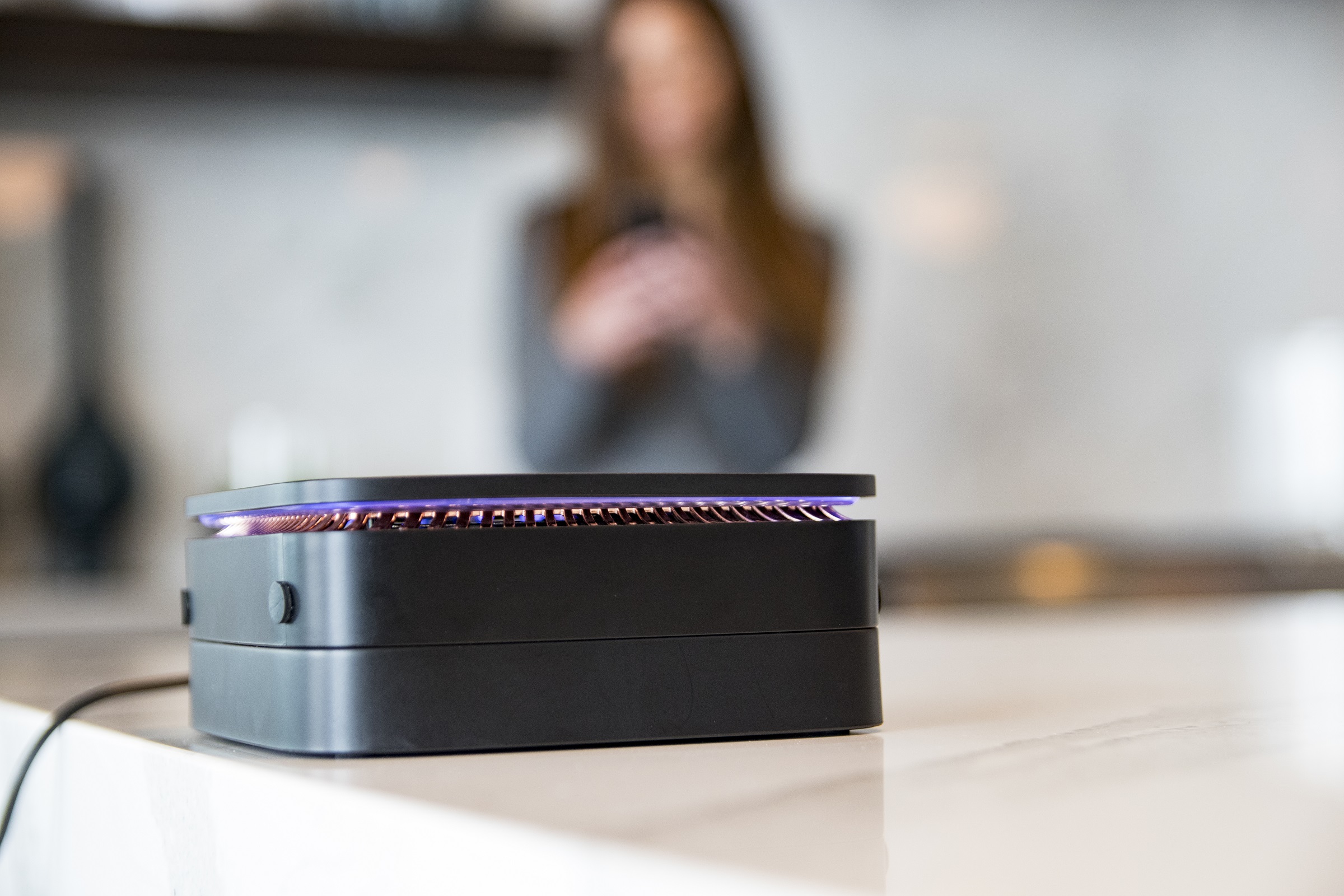One of the biggest challenges facing the smart home market these days is fragmentation. It seems like every new device needs its own dedicated app and almost no company is using the same unified platform as any other company.
A couple of ex-Googlers are looking to fix that problem, at least for the smart home camera market. A new startup called Camect — already funded at nearly 300% of its crowdfunding goal — wants to unite nearly all of the smart home security cameras available on the market by connecting them to a single flexible hub that allows for complete control by homeowners, but without the security concerns associated with uploading cam footage to cloud storage.
It’s not clear what the technology is behind Camect’s nifty new gadget but it’s pretty impressive that it doesn’t have proprietary camera brand requirements. The list is long and available on the company’s FAQ page but for just a few examples, Camect offers plug-and-play control over cameras manufactured by Nest, Arlo, and Wyze, among others, while delivering services at a subscription rate that is radically cheaper than competitors like Ring, ADT, and Simplisafe.
In fact, the Camect camera hub works with more than 50 brands of cameras and additionally will work with almost any kind of camera including the relatively new high-resolution cameras as well as doorbell cams, night vision-equipped cameras, nanny cams, and both indoor and outdoor cams simultaneously.
The other kicker to Camect is its privacy factor. Not only will the hub not upload footage to cloud-based storage, which has proven time and again to be insecure, but Camect’s own servers have no access to customer video.
Oh yeah, the money. First, Camect is running on an efficient subscription rate. An owner of the hub can connect two cameras with 30-day continuous recording for free. For $60, owners can connect up to twelve cameras with up to 30 days of continuous recording. By comparison, Nest charges almost a $1,000 per year for equitable service, while Arlo charges more than $1,300 for a year for its service. During the crowdfunding campaign that ends in a couple of weeks, Camect is offering the hub with one year of service at $280 as well as a version with lifetime service at $530.
The good news for the company is that it has a few bucks to launch its gizmo next year. As of this publication, the company’s Indiegogo campaign has raised nearly $150,000 off of a $50,000 goal from nearly 400 backers.
Camect was founded by former Google employees, Arup Mukherjee and Chao Liu, who became frustrated with the security services that are currently on the market. “We believe that the best way for us to keep your video data private is for us not to see it at all,” they said in a release. The first prototype was created at the end of 2016 and the company started its funding campaign this month. Early bird orders are expected to ship in December and the company intends for Camect to hit the general consumer market during the first quarter of 2020.
As always, a word of caution: Any product that has been crowdfunded can turn into vaporware for nearly any reason at all, so be wary when evaluating where to sink your cash.





